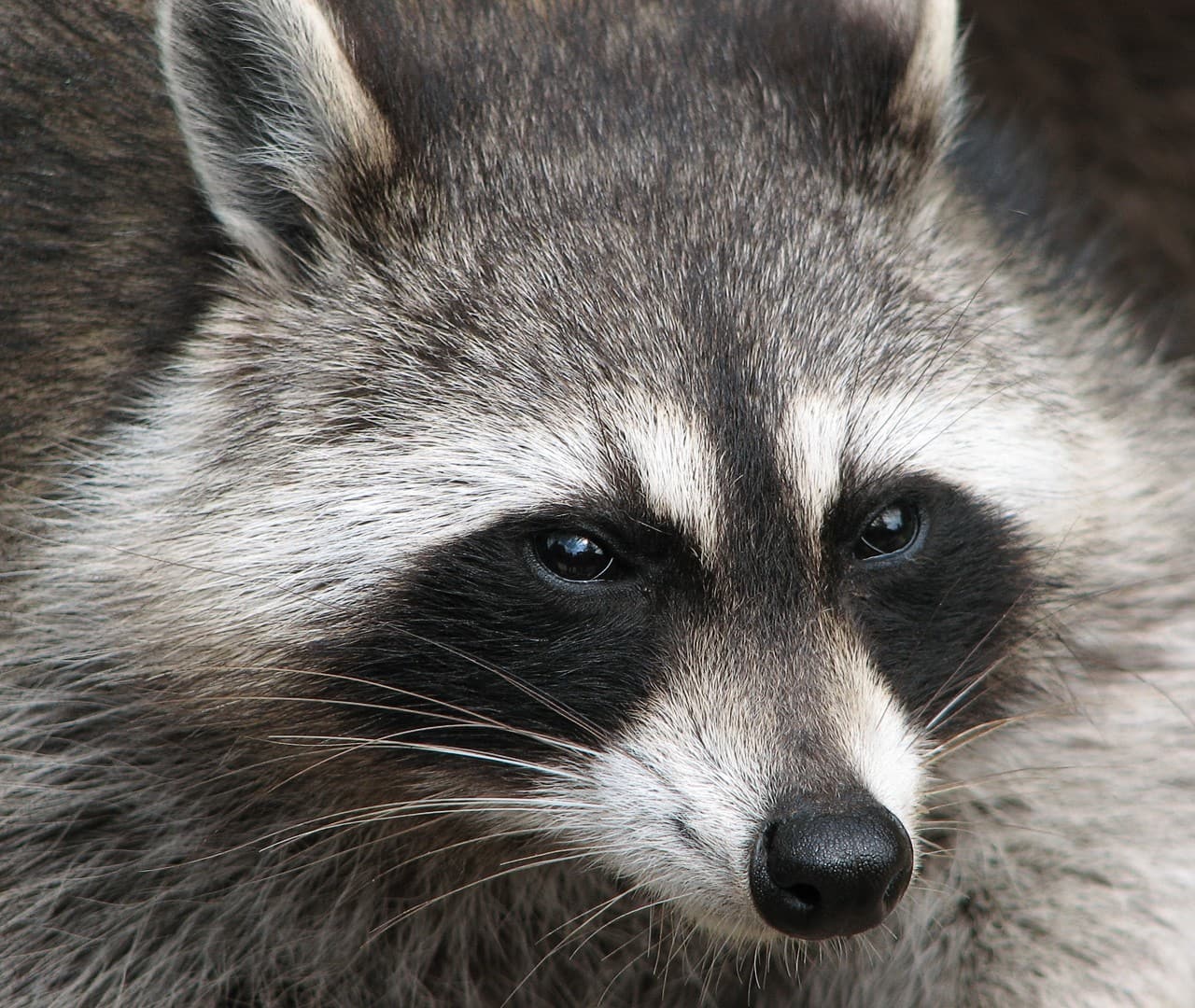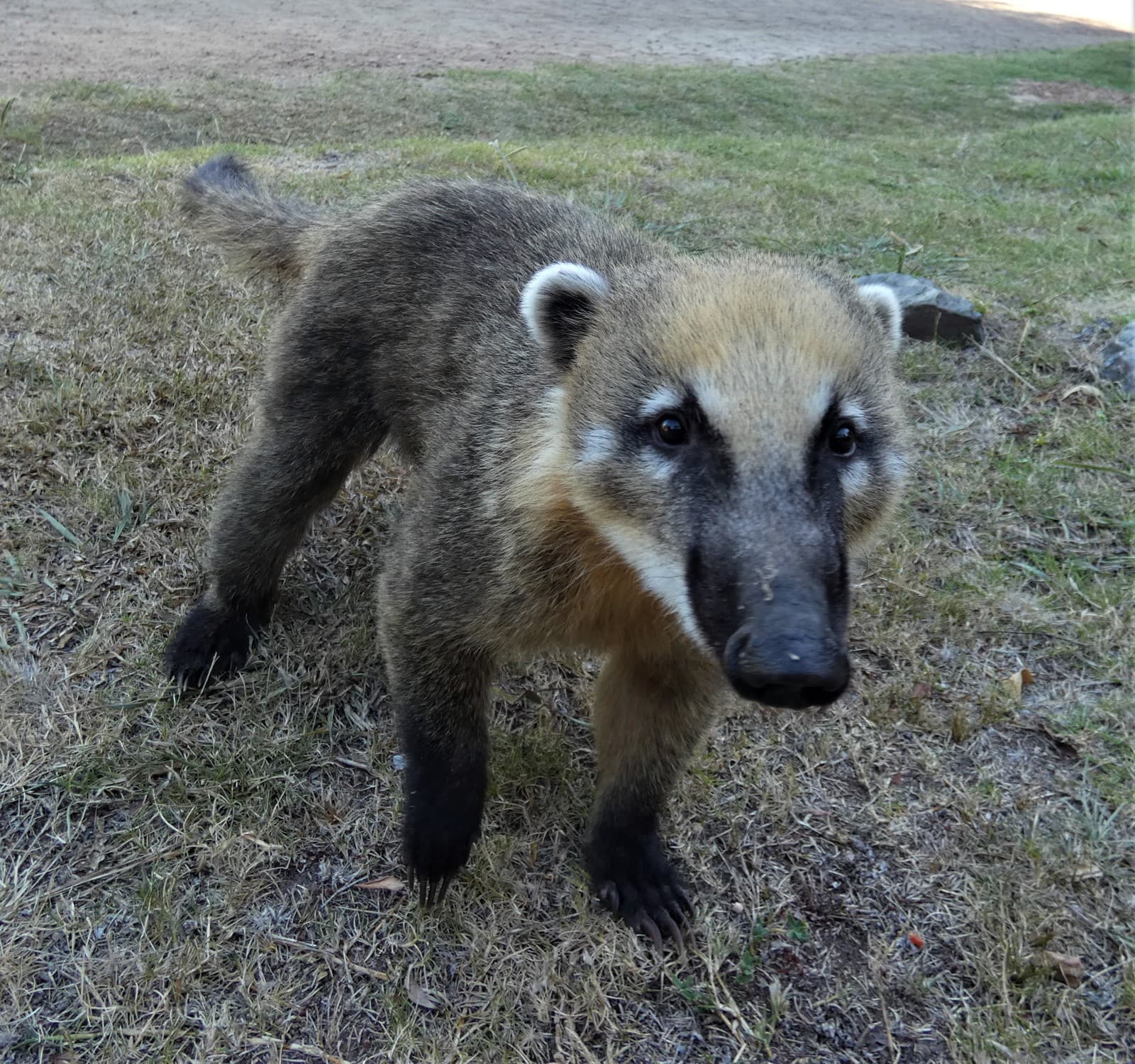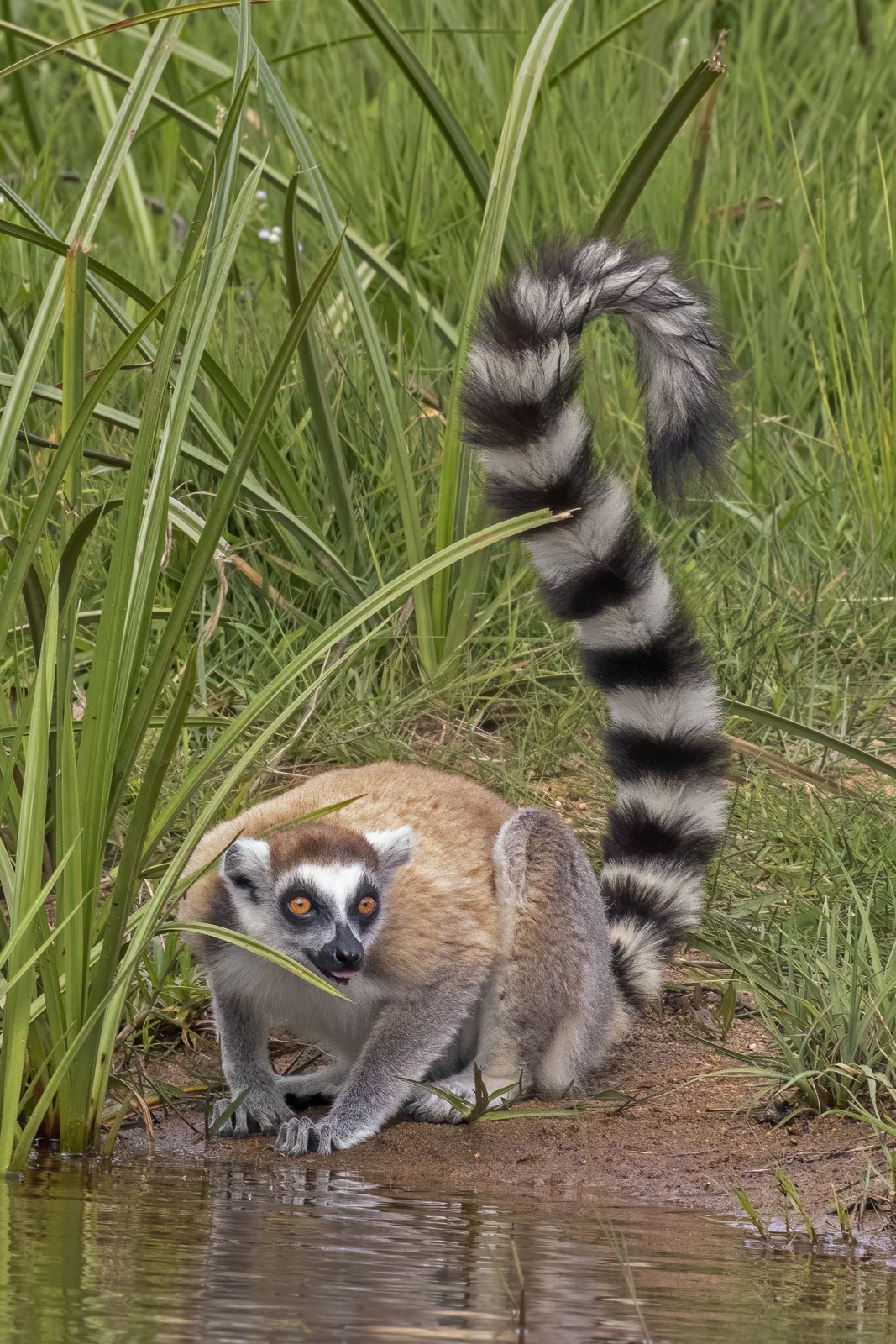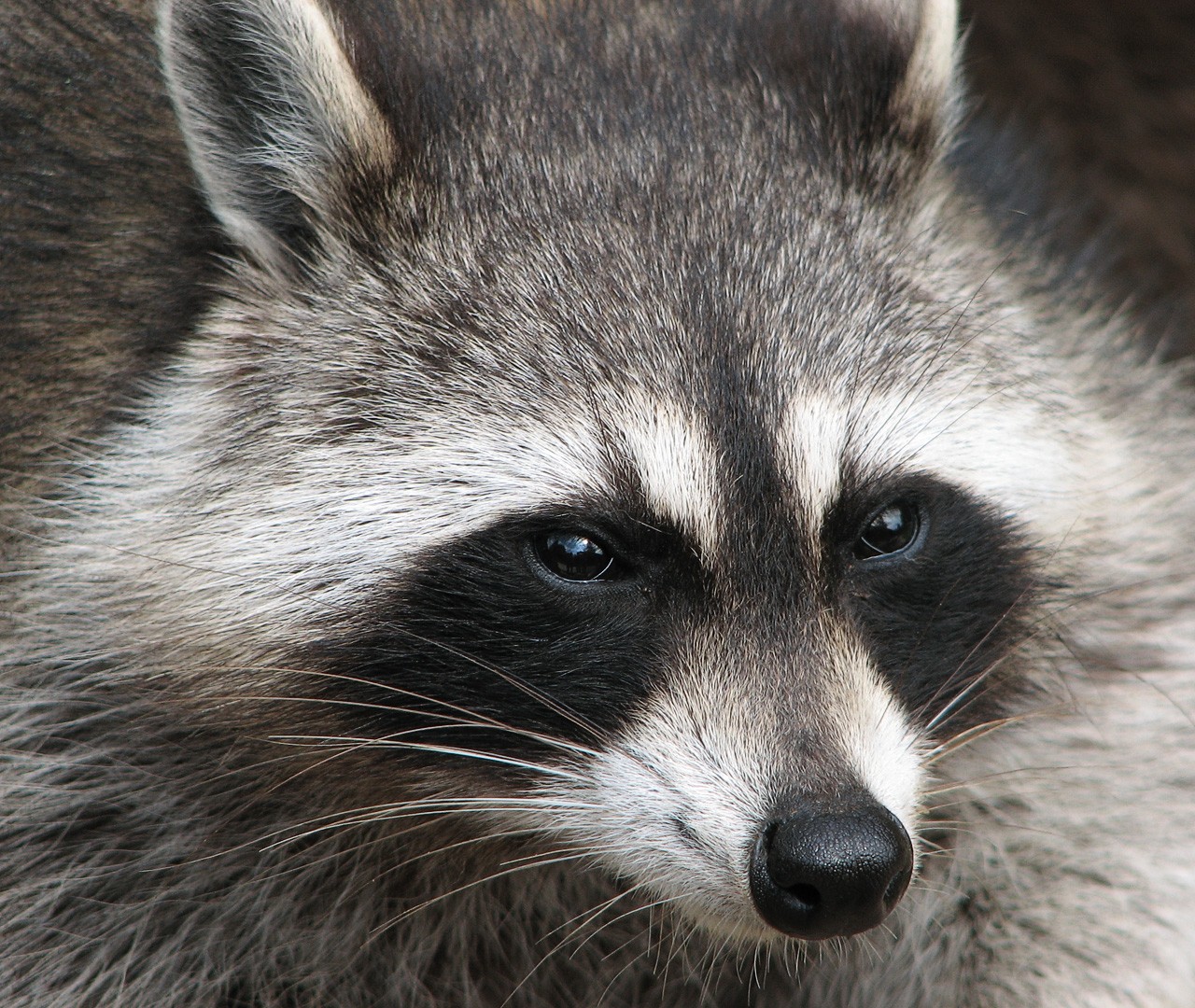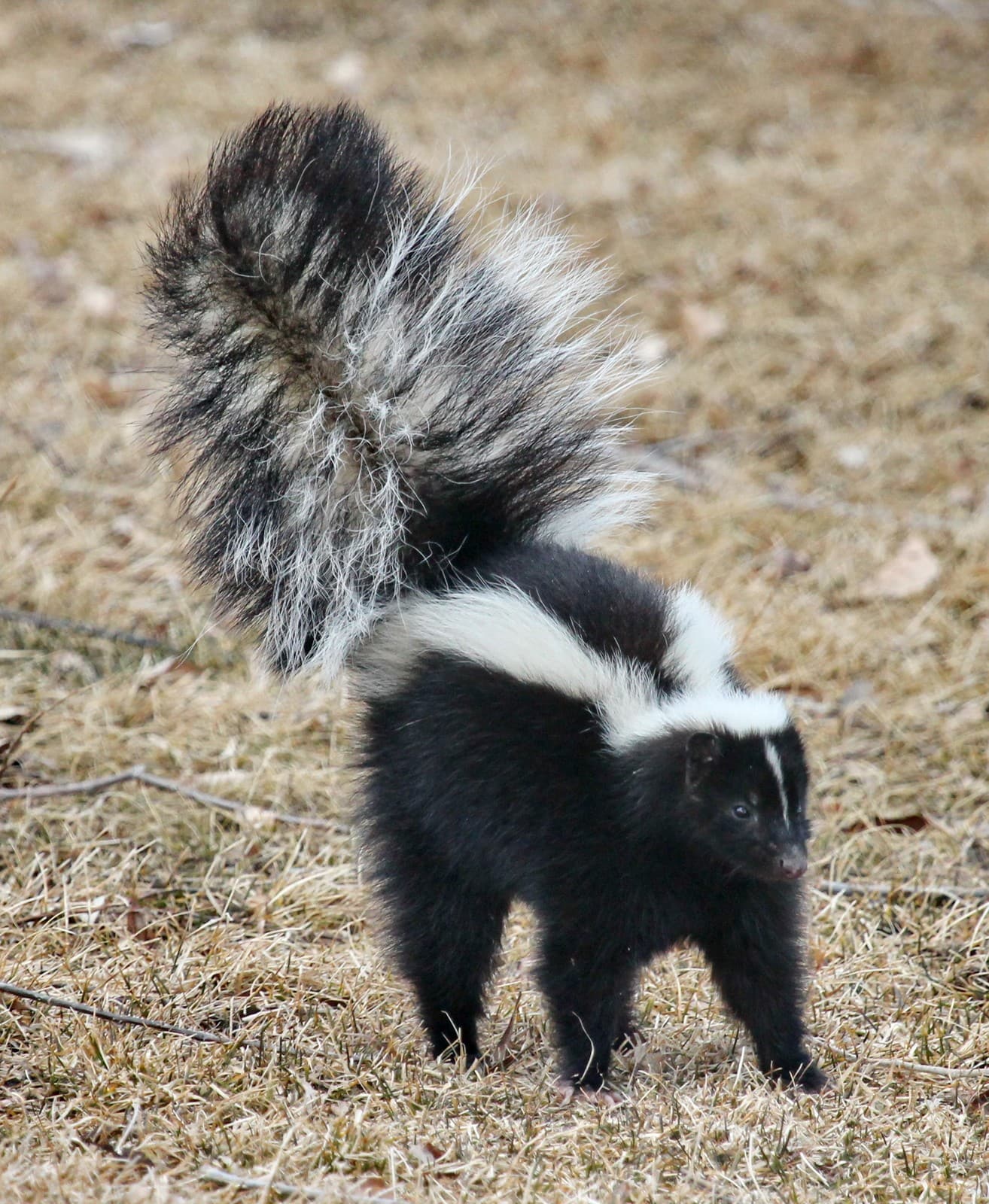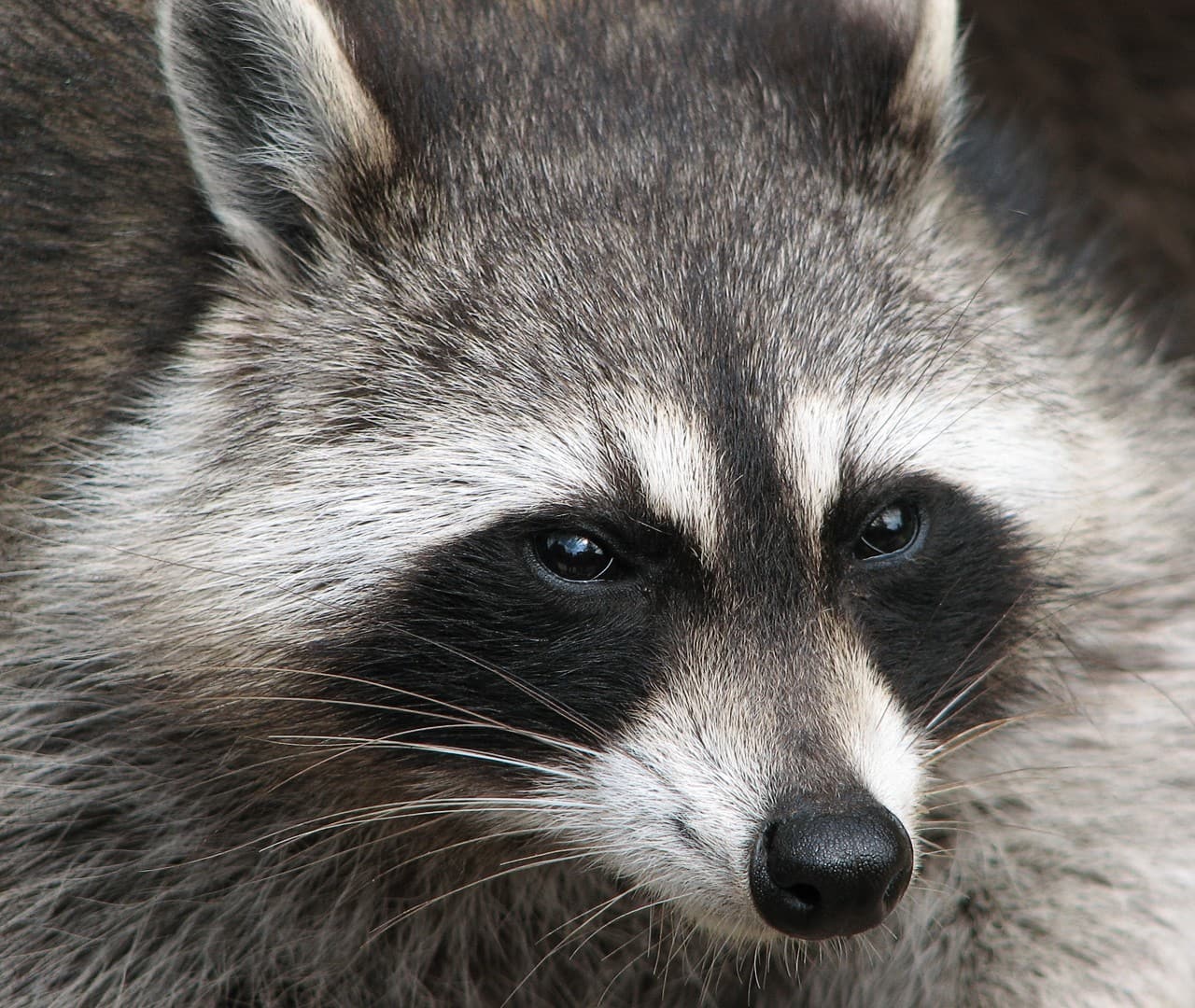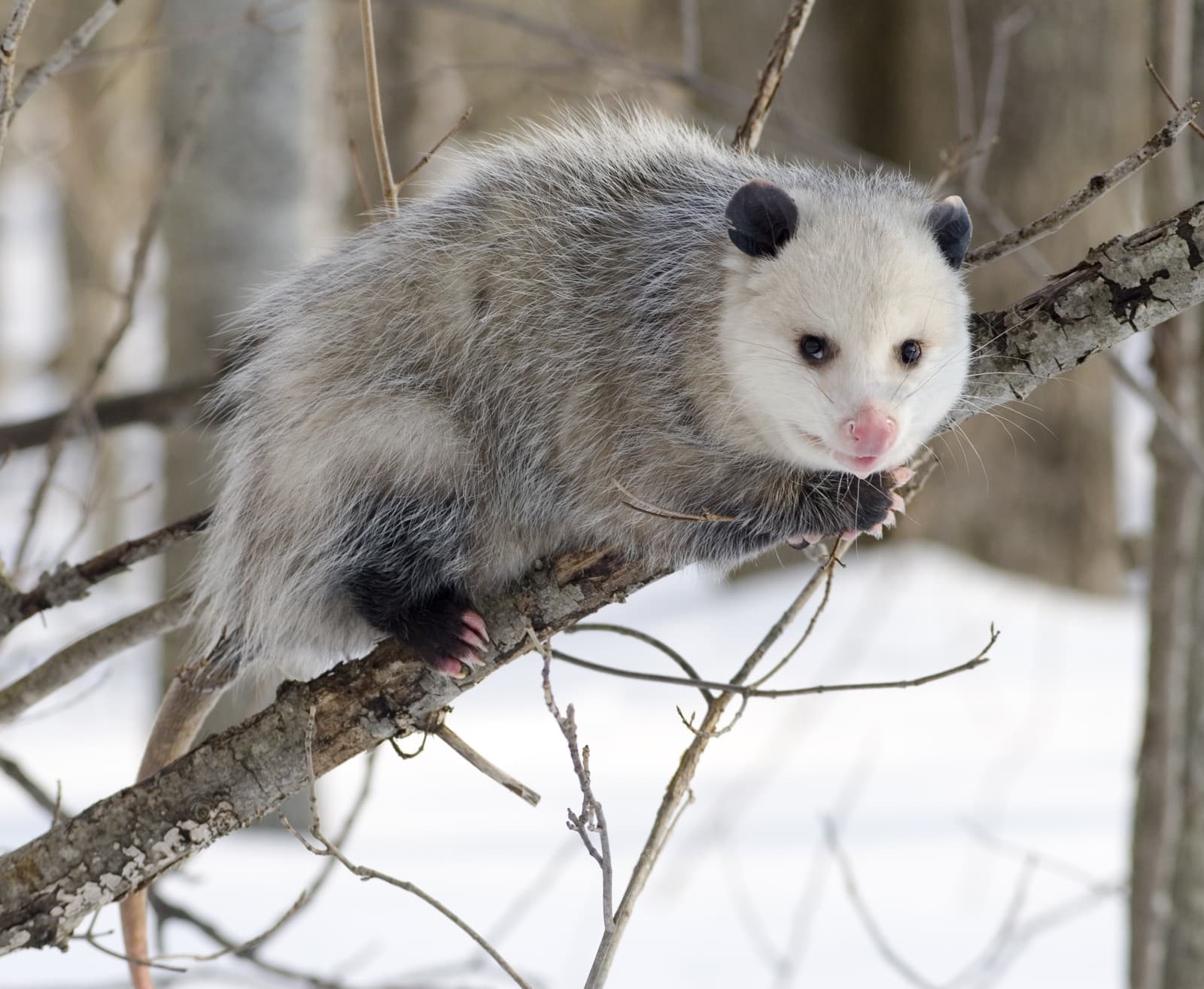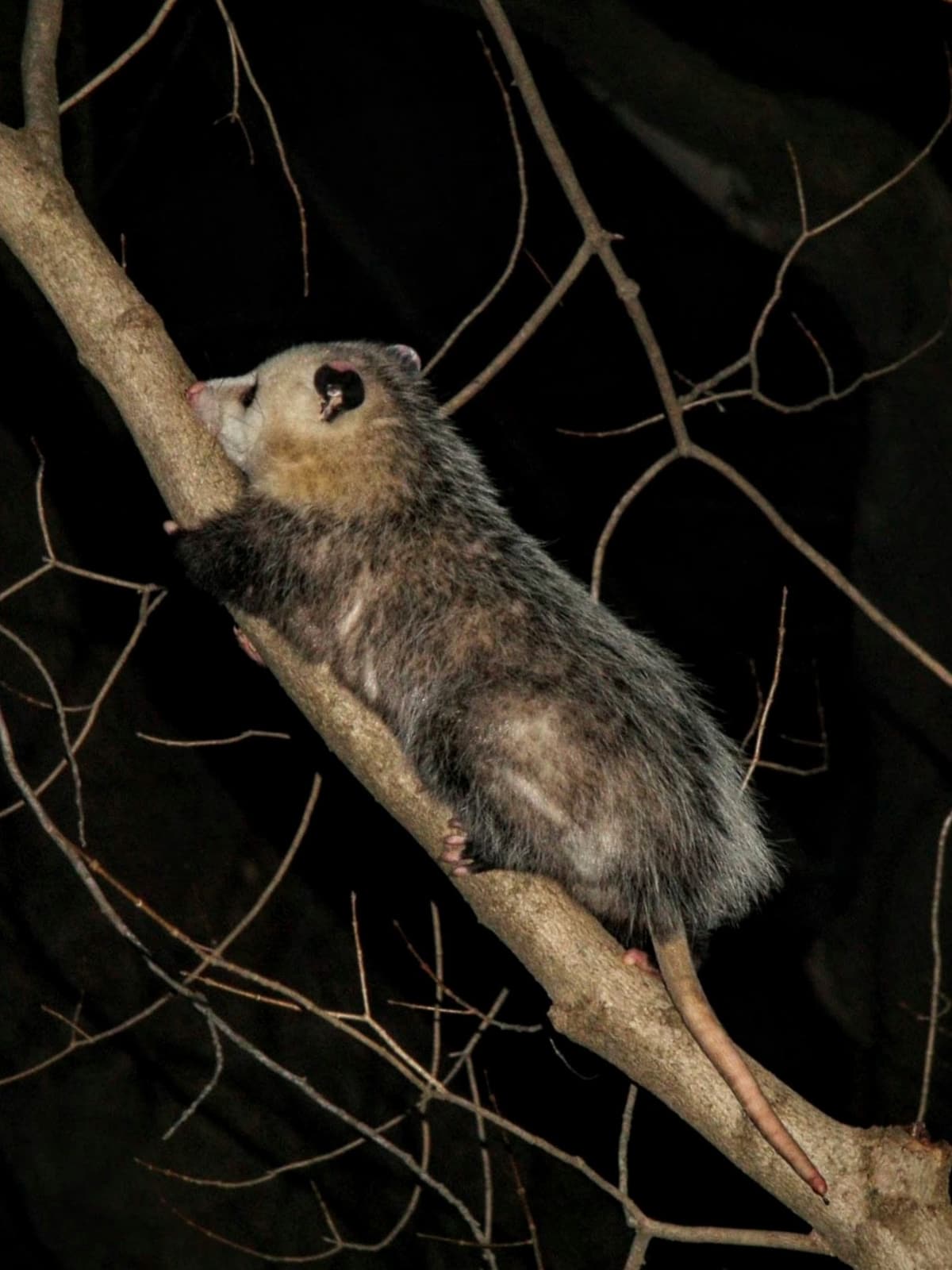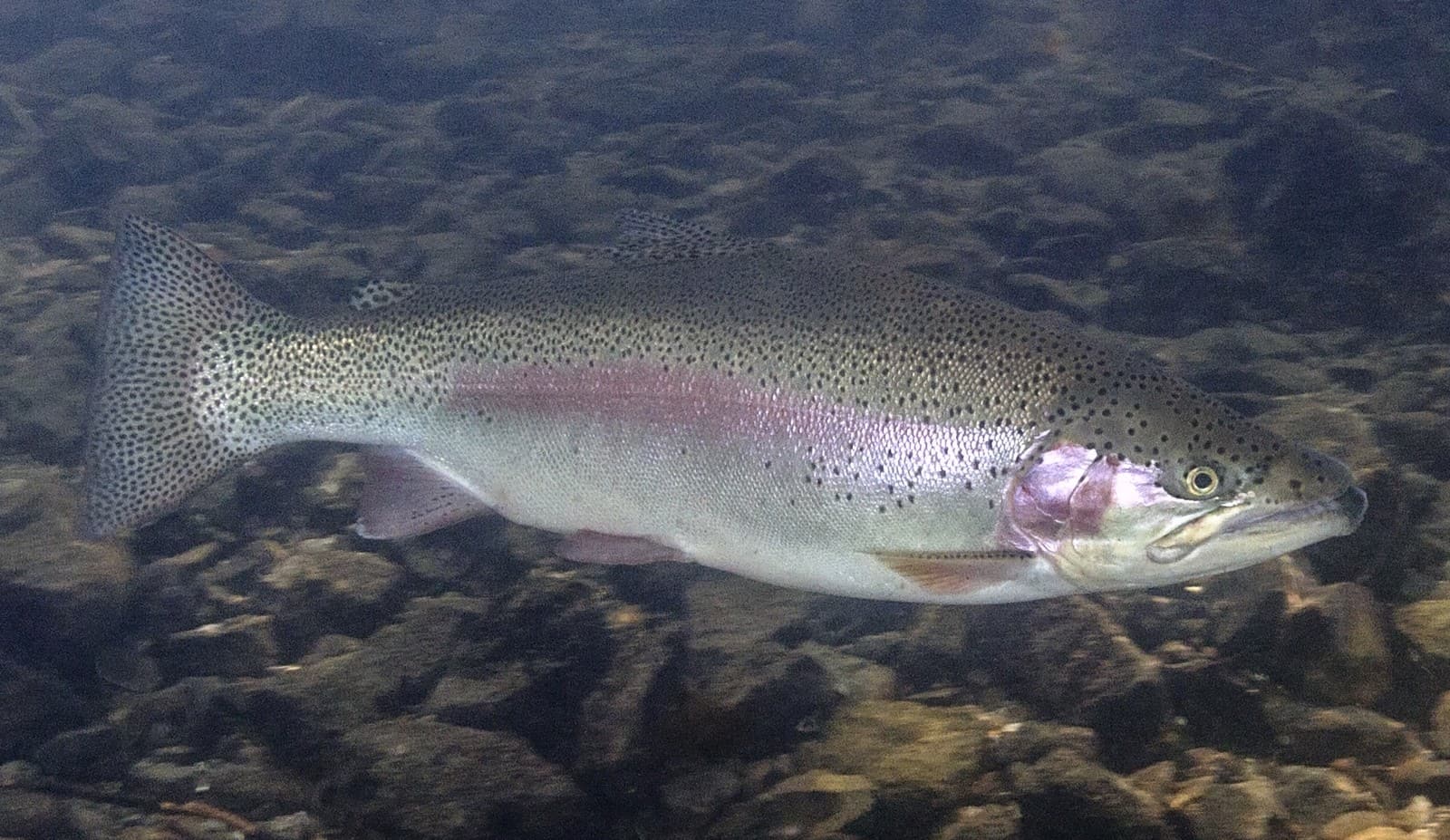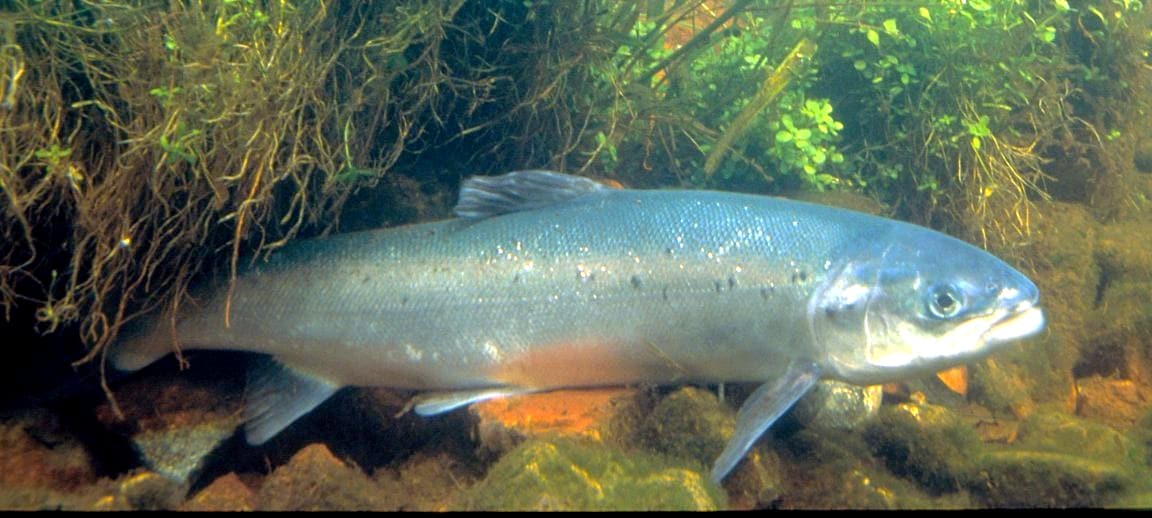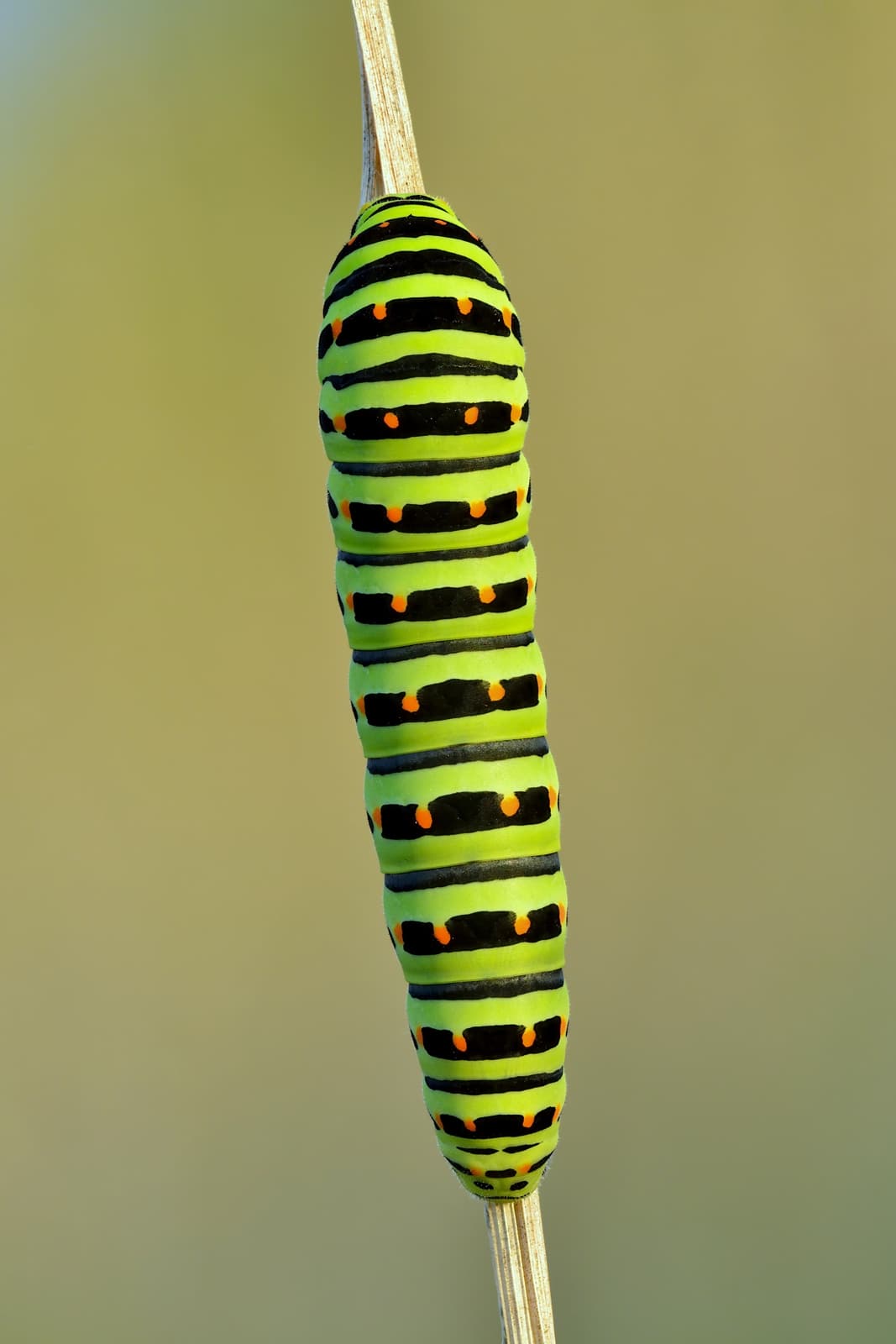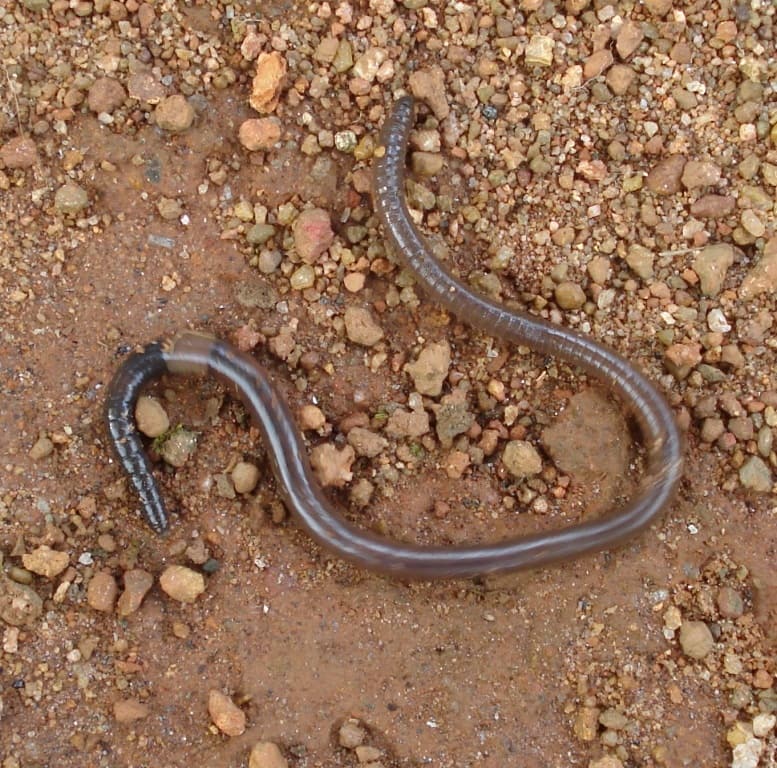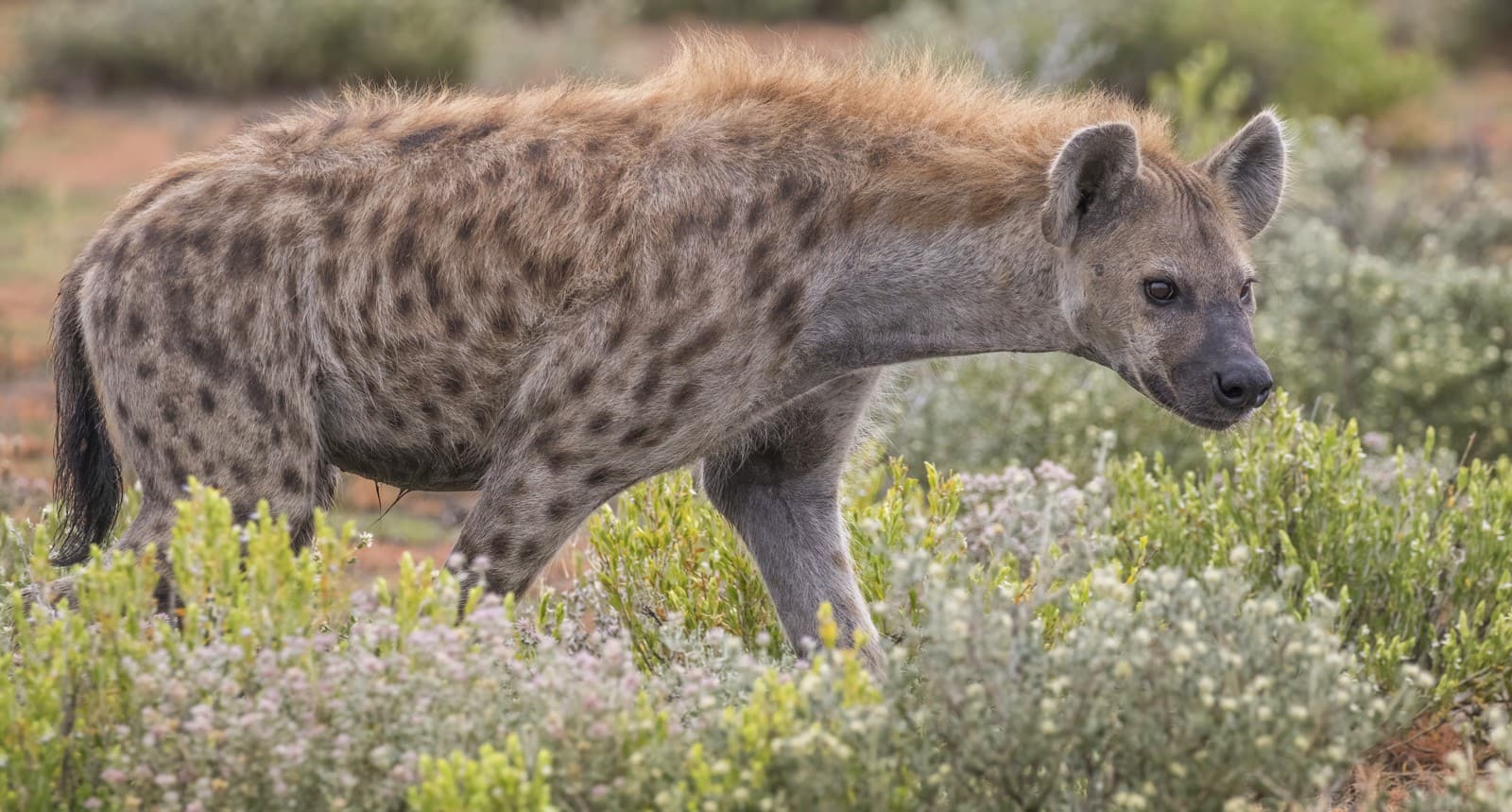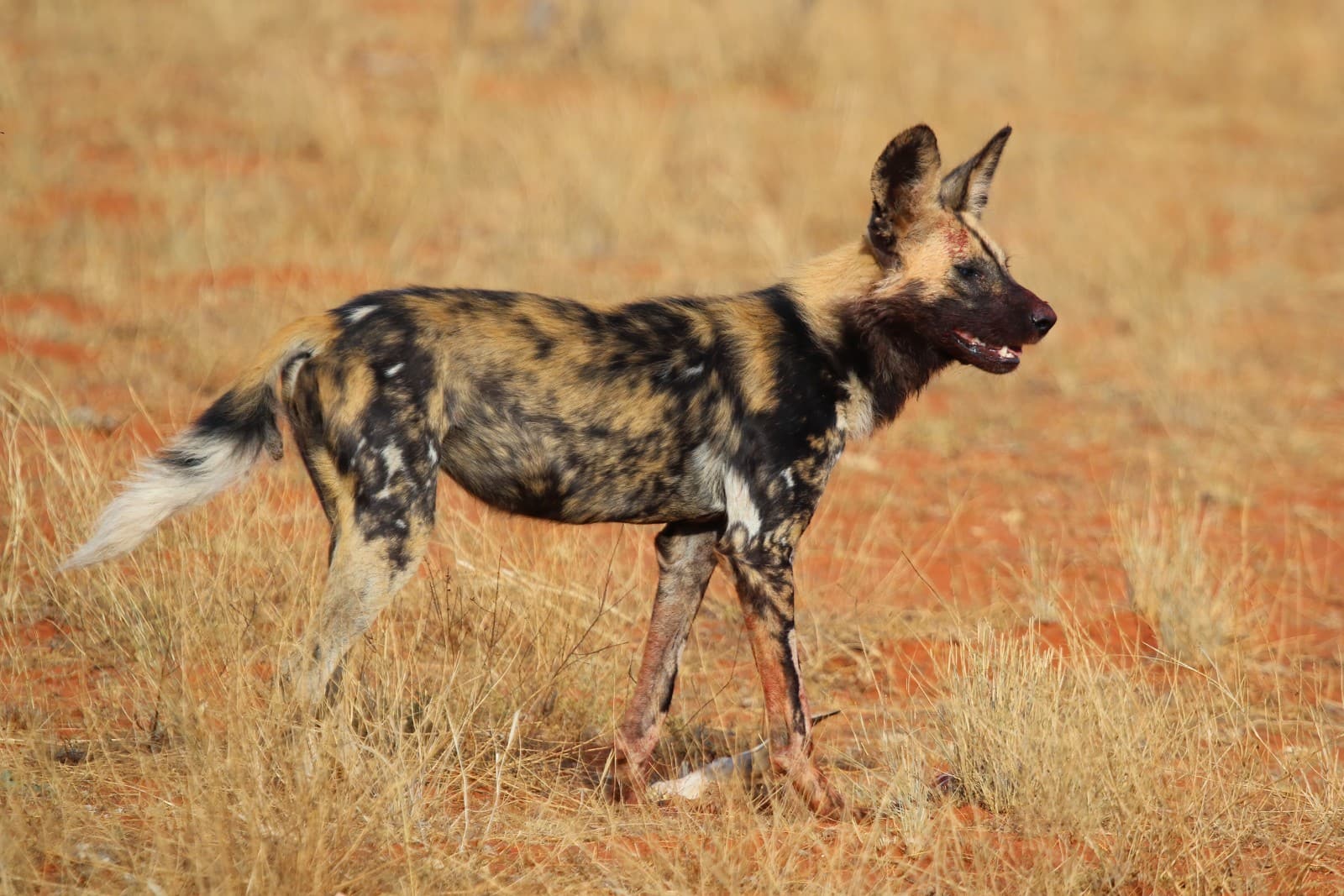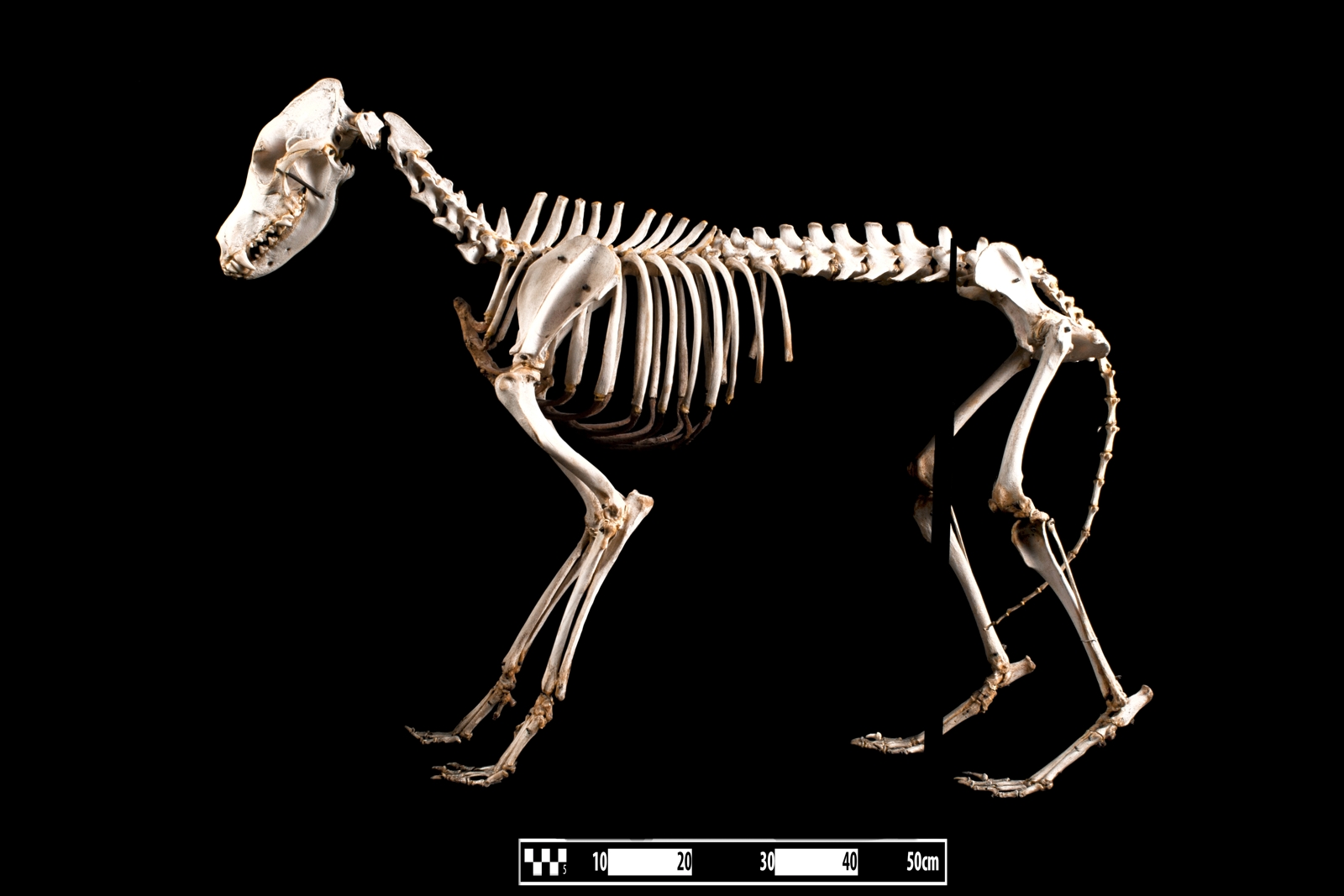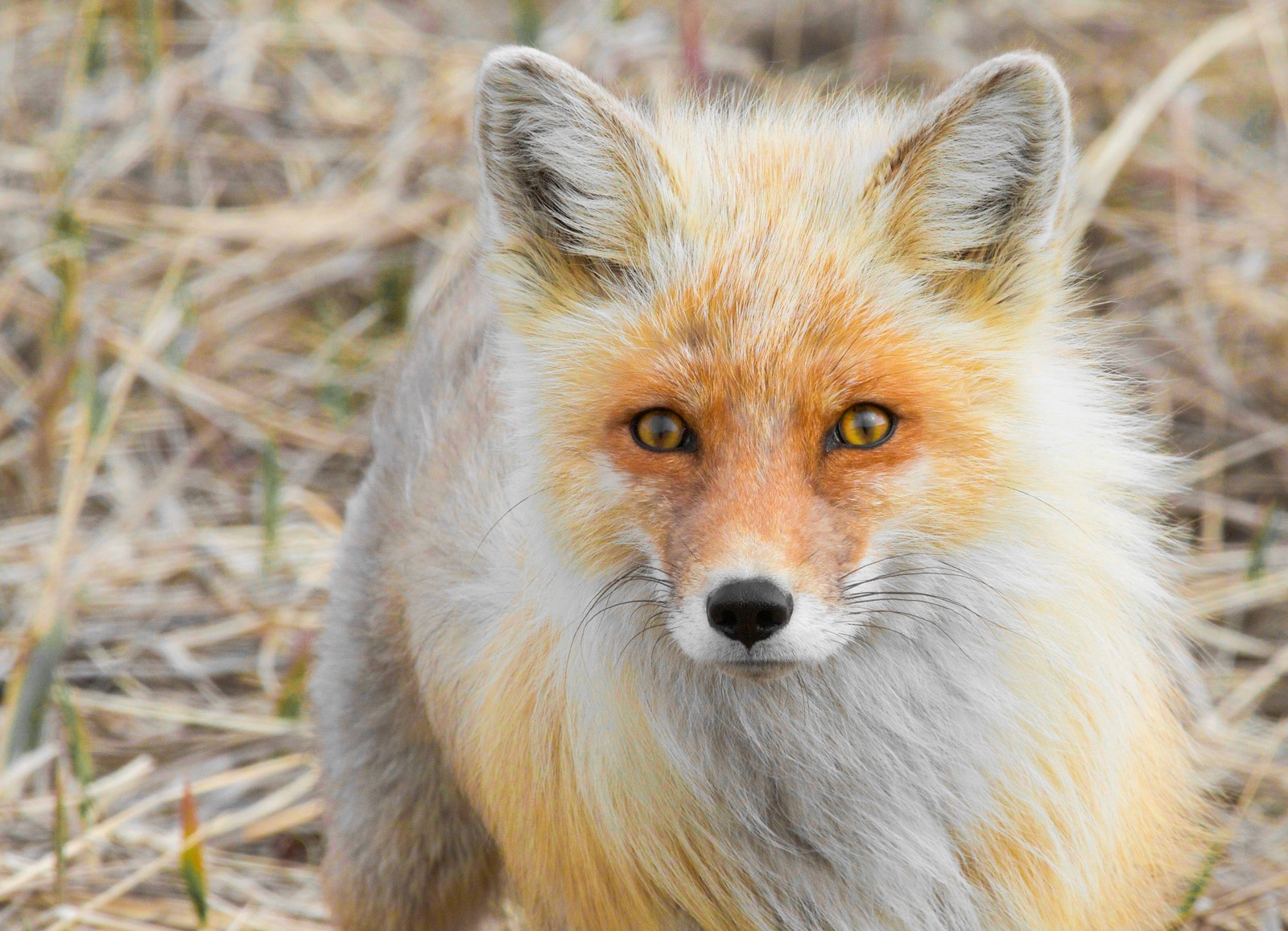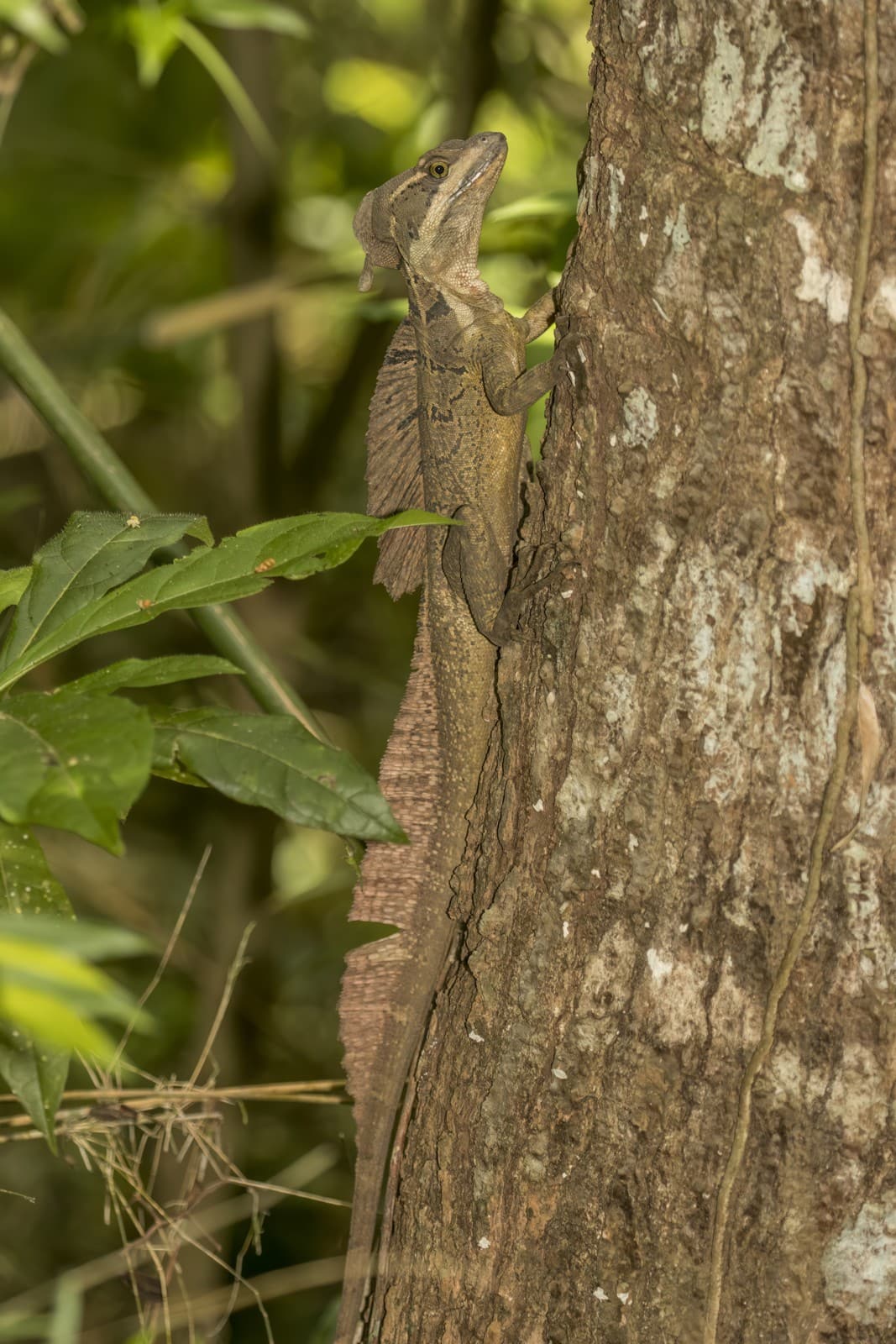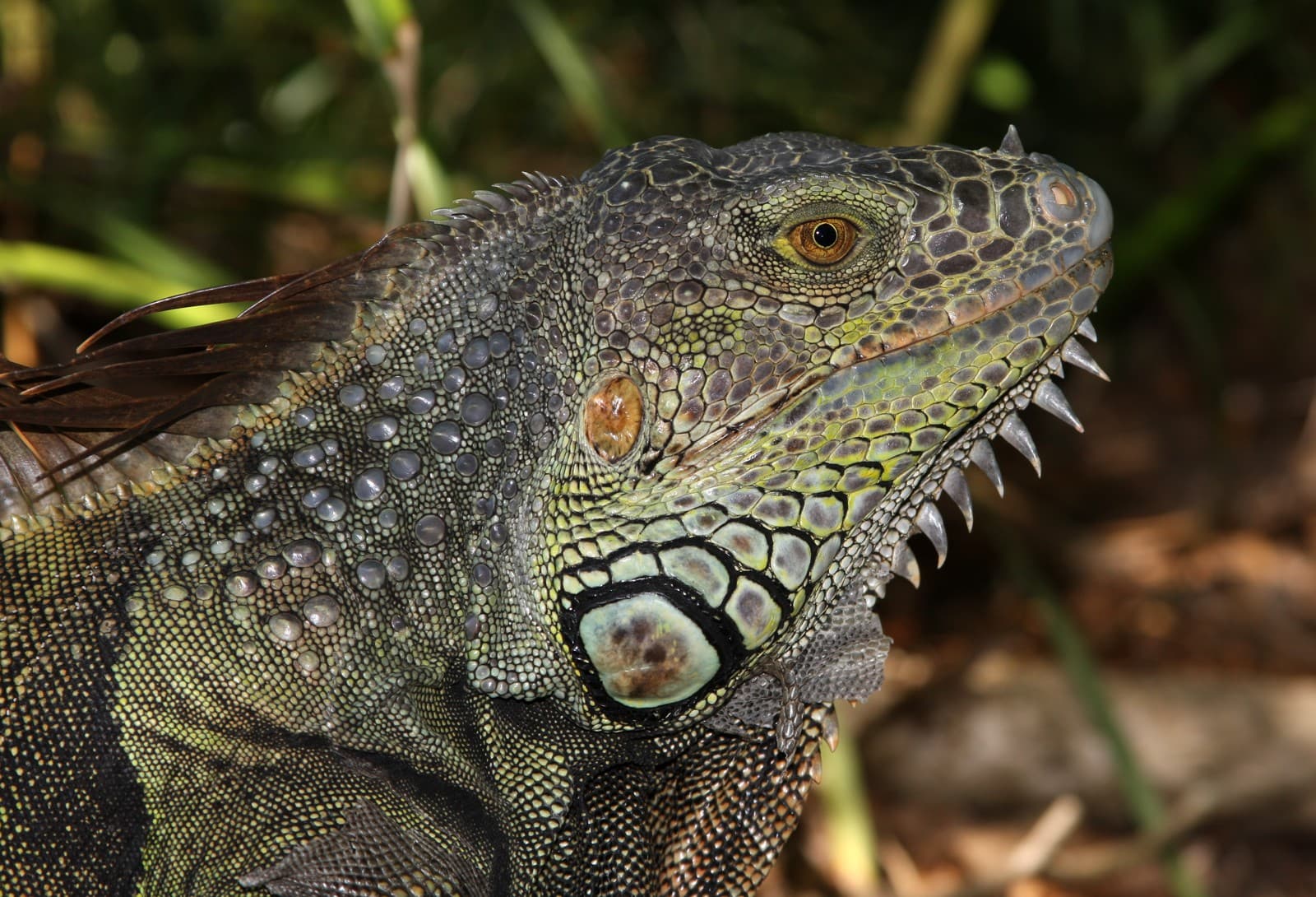Raccoon vs Opossum: A Complete Comparison
When comparing raccoons vs opossums, these common nocturnal mammals share similar habitats but possess distinct characteristics that set them apart. Raccoons (Procyon lotor) are typically larger, weighing 13-23 pounds (6-10.4 kg), while Virginia opossums (Didelphis virginiana) are smaller at 4-13 pounds (1.8-5.9 kg). As North America’s only marsupial, the opossum represents a unique evolutionary lineage compared to the raccoon, which belongs to the Procyonidae family.
These adaptable creatures often compete for resources in urban and suburban environments, leading many homeowners to wonder about their differences and similarities. While both are opportunistic omnivores, their hunting strategies, defensive behaviors, and physical capabilities differ significantly.
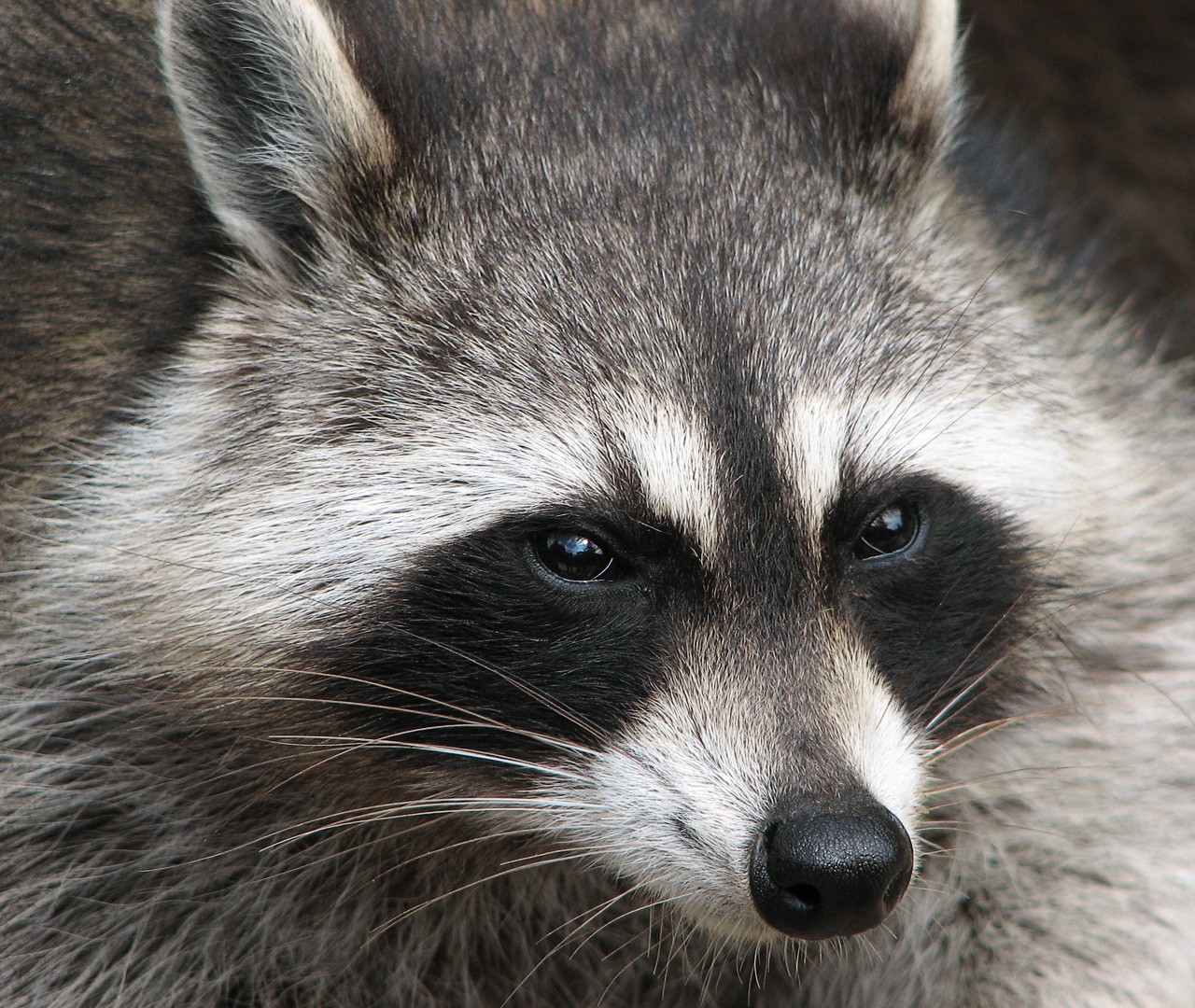
© Darkone / CC BY-SA 2.5
The raccoon’s distinctive “bandit mask” and dexterous front paws make it one of North America’s most recognizable mammals. These intelligent creatures demonstrate remarkable problem-solving abilities and manual dexterity, setting them apart from many other wildlife species.
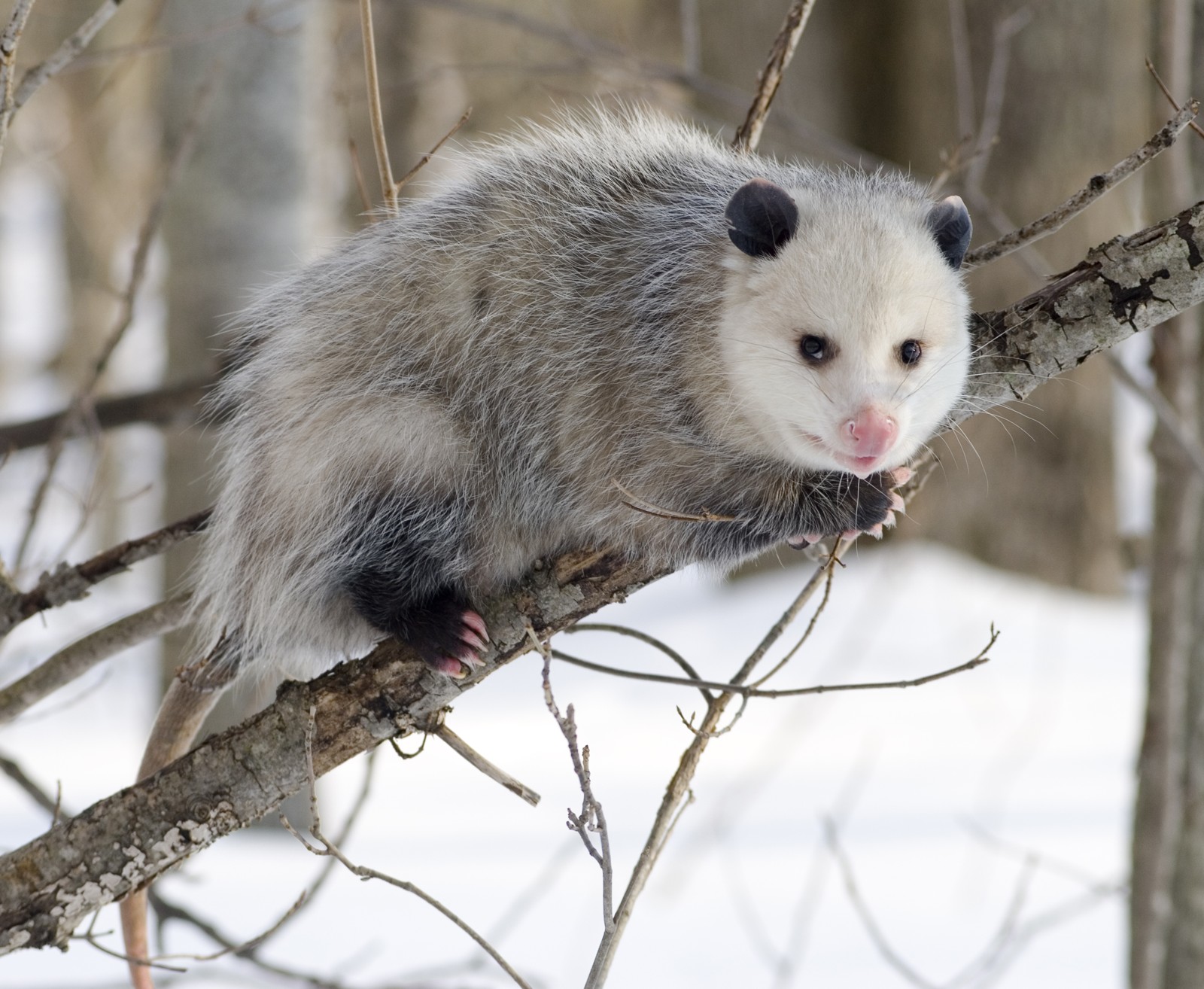
© Cody Pope / CC BY-SA 2.5
The Virginia opossum exhibits unique adaptations including a prehensile tail and the ability to enter a catatonic state when threatened. Their pointed snout and white face distinguish them clearly from their masked nocturnal counterparts.
Key Differences Between Raccoons and Opossums
| Feature | Raccoon | Opossum |
|---|---|---|
| Size | 13-23 lbs (6-10.4 kg) | 4-13 lbs (1.8-5.9 kg) |
| Lifespan | 2-3 years wild, up to 20 in captivity | 2-4 years wild, up to 10 in captivity |
| Diet | Highly omnivorous, strong preference for washing food | Opportunistic omnivore, consumes insects and carrion |
| Defense Mechanism | Aggressive when cornered, may fight | Plays dead (“plays possum”) |
| Intelligence | High problem-solving ability | Lower cognitive abilities |
| Climbing Ability | Excellent climber with dexterous paws | Good climber with prehensile tail |
Habitat and Distribution
Raccoons and opossums often share similar territories across North America, but their habitat preferences show subtle differences. Raccoons prefer wooded areas near water sources and have successfully adapted to urban environments. They’re found from southern Canada to Panama. Opossums, originally native to the southeastern United States, have expanded their range northward and can now be found as far as southern Canada, though they’re less cold-tolerant than raccoons.
Behavioral Differences
Defensive Strategies
When threatened, raccoons and opossums display markedly different behaviors. Raccoons may become aggressive, standing their ground and fighting if cornered. Opossums, conversely, are famous for “playing possum,” entering a catatonic state that can last for hours. This involuntary response includes slowing their heart rate and releasing a foul-smelling substance to deter predators.
Foraging Habits
Raccoons demonstrate unique foraging behaviors, notably “washing” their food in water when possible. Their highly sensitive front paws contain four times as many sensory receptors as their rear paws. Opossums, while also opportunistic feeders, are particularly beneficial for eating ticks and other parasites, with a single opossum capable of consuming up to 5,000 ticks per season.
Intelligence and Learning Ability
Raccoons consistently demonstrate higher cognitive abilities compared to opossums. Studies have shown raccoons can remember solutions to tasks for up to three years and can manipulate complex locks and latches. Opossums, while adaptable, show less problem-solving capability but compensate with excellent spatial memory and navigation skills.
Who Would Win in a Confrontation?
In natural settings, raccoons and opossums typically avoid direct confrontation. However, if forced to interact, raccoons generally have the advantage due to:
- Larger size and weight
- More aggressive defensive nature
- Stronger bite force
- Superior problem-solving abilities
Opossums typically avoid conflict through their primary defense mechanism of playing dead, making actual physical confrontations rare in the wild.
Impact on Human Environments
Both species have adapted well to human presence, though they can sometimes create challenges for homeowners:
- Raccoons often damage property through their dexterous manipulation of latches and containers
- Opossums generally cause less property damage but may startle residents when found in garages or under decks
- Both species can carry diseases, though opossums are naturally resistant to rabies due to their lower body temperature
Understanding these differences helps humans better coexist with these fascinating nocturnal neighbors while appreciating their unique roles in our ecosystem.
